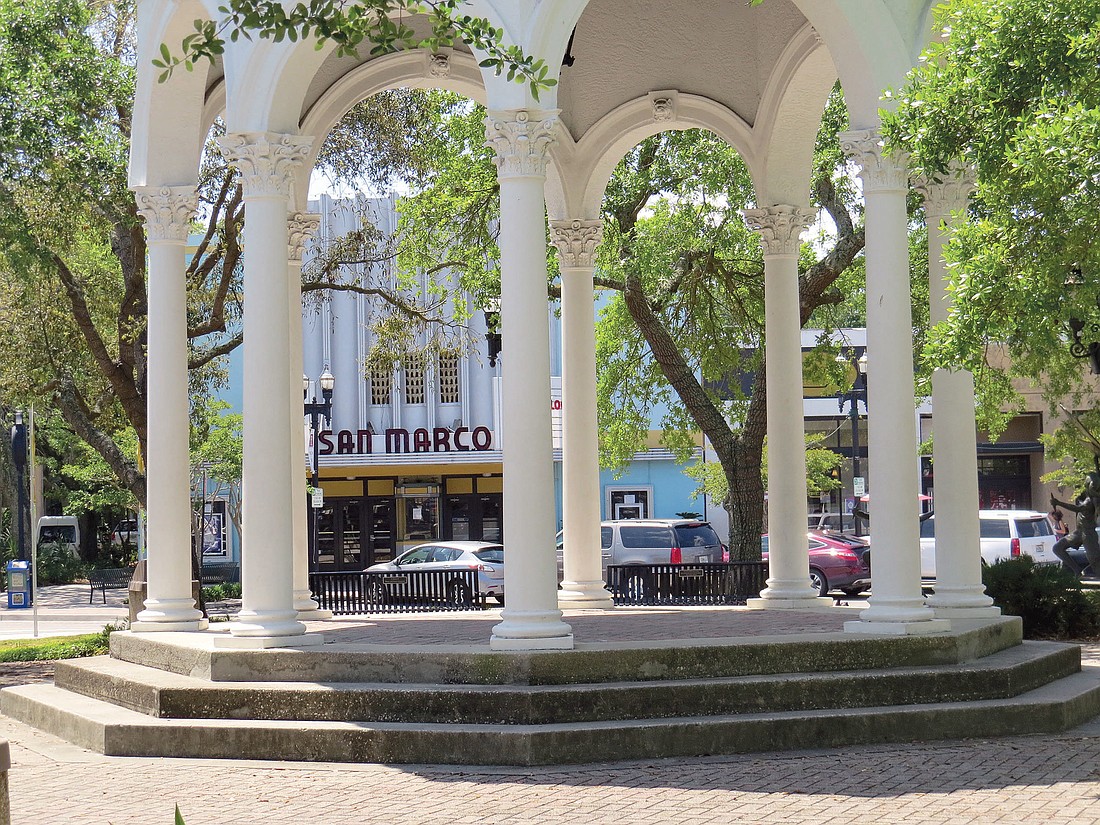
Urban population growth is picking up in the largest U.S. cities, and Jacksonville is at the forefront of one trend in urban growth, according to a study released last week by the Urban Land Institute.
Jacksonville has the largest percentage of its urban population in what the study describes as “emerging economic centers,” which it defines as “former single-family or low-density commercial areas that are evolving into new urban cores.”
The study of the 50 largest metropolitan areas conducted for the nonprofit institute by RCLCO Real Estate Advisors found the national urban growth rate was just 1 percent between 2000 and 2015 but when it narrowed down the years 2010 to 2015, the growth rate rose to 3.4 percent, close to the suburban growth rate of 3.7 percent.
It divided urban areas into six categories and found that emerging economic centers were growing the fastest of the six, at 9.9 percent.
Jacksonville, with 11.9 percent of urban residents living in emerging economic centers, led the nation in that category.
“Once characterized by single-family residential or low-density commercial land uses, these locations are rapidly emerging as new urban cores,” the study said.
“These places are generally well-located but underutilized, and they tend to offer more opportunities for ground-up development than other, more established urban locations.”
RCLCO’s online map (www.rclco.com/neighborhood-atlas) identified two Jacksonville neighborhoods as urban emerging economic centers, Riverside and the Town Center area.
The most Jacksonville urban residents – 33.6 percent – live in “challenged neighborhoods,” described as “areas with lower home values and apartment rents and minimal new development, often bordering former industrial and manufacturing districts.”
Challenged neighborhoods on the map included the area north of Downtown, areas around the Arlington Expressway and the Englewood area east of Interstate 95 and south of Emerson Street.
At the other end of the economic scale, 18.2 percent of urban Jacksonville area residents live in “high end” neighborhoods, described as places with “upscale single-family and multifamily housing, typically in historic areas with convenient access to shops and dining.”
Avondale and San Marco fall into the high-end category.
The study found no Jacksonville urban areas fit its description of mixed-use districts, which feature “high density housing often mixed with upscale retail.”
“This framework provides a non-judgmental platform for discussing the unique tapestry of neighborhood types that make up American cities,” RCLCO Managing Director Adam Ducker said in a news release.
“Recognizing this diversity is key to facilitating productive conversations about the economic, demographic, and societal trends occurring in each neighborhood and the impact these trends are having on real estate.”
Jacksonville remains a heavily suburban community, with just 11.4 percent of the total population living in urban areas, the study said.
The Urban Land Institute said in the study that healthy metro areas will “continue to feature a wide range of urban and suburban neighborhoods.”